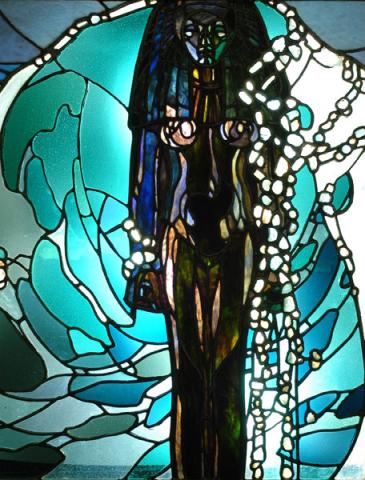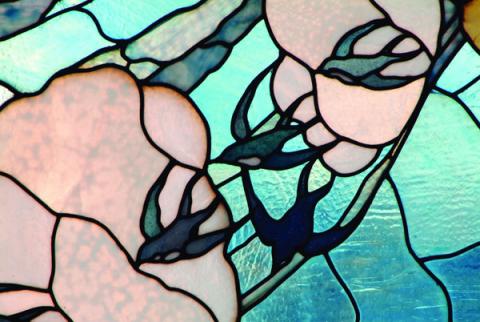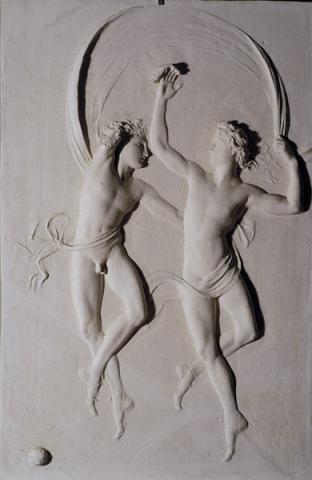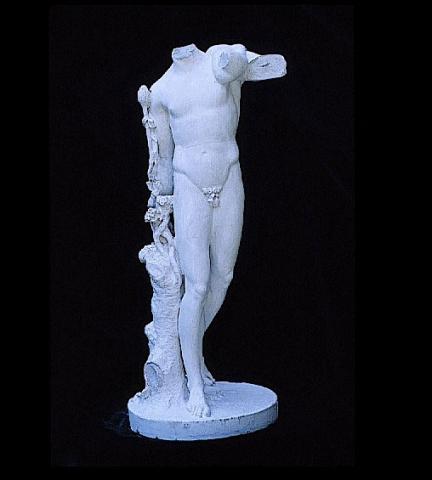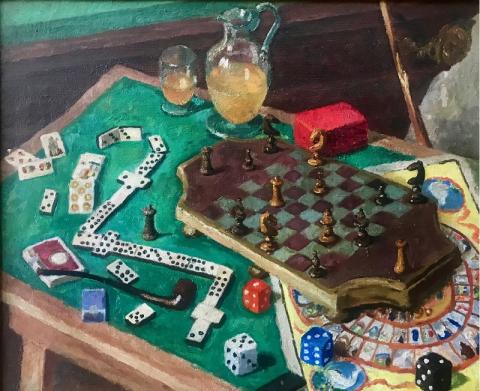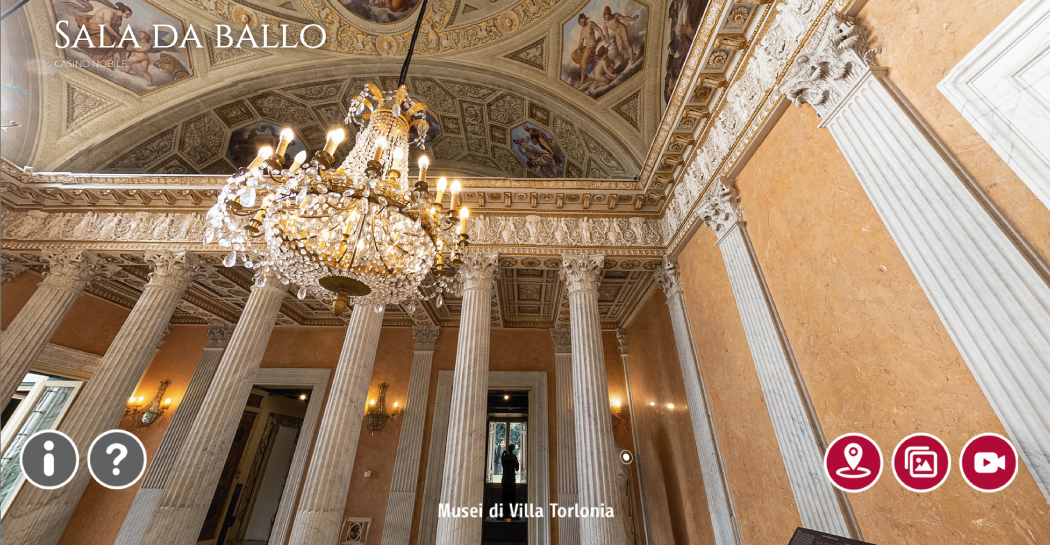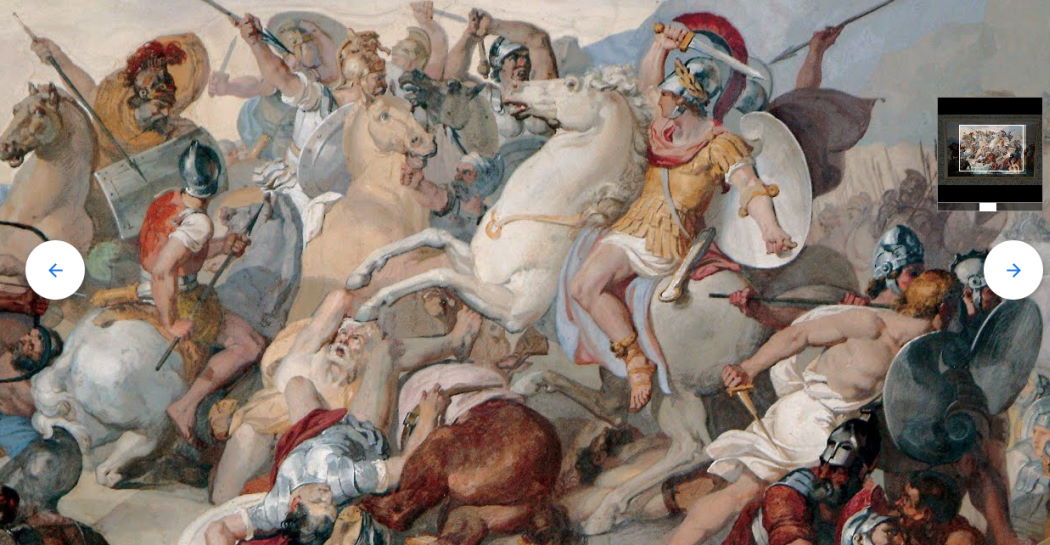The Artwork of the Month of the Roman School Museum - January 2023
PASQUAROSA MARCELLI
Scacchiera (Chessboard), c. 1932
oil on canvas, 54 x 66 cm (unframed)
on loan from Giuseppe Bertolami at the Roman School Museum
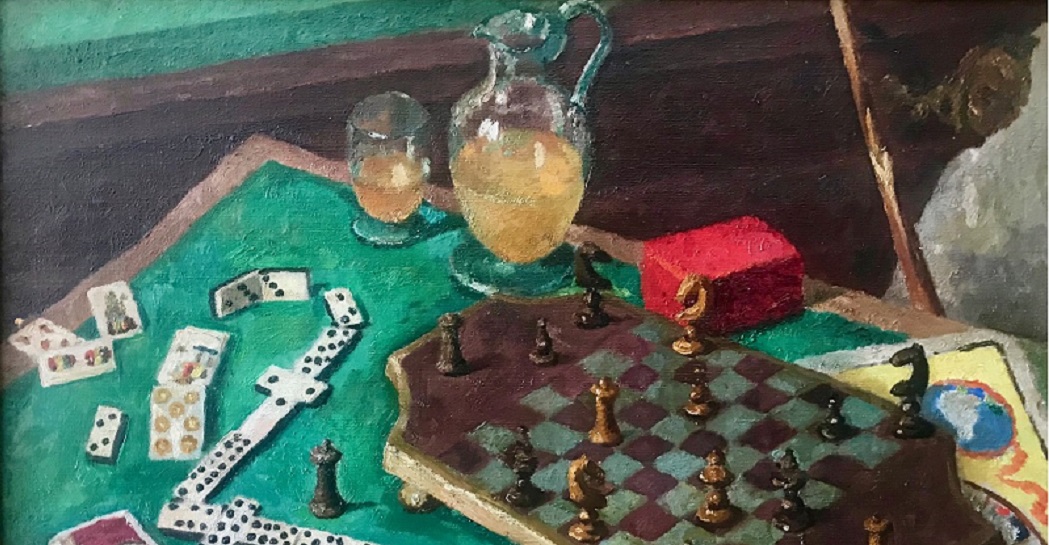
Viewed from above with an oblique cut, a small table covered in green cloth displays various games arranged in a disorderly fashion: the sequential pieces of a domino, a board from the Gioco dell'Oca, a few dice, a chessboard on which bishops, horses and rooks are still present, and a few scattered Neapolitan cards; between them, a woman's pipe with a long mouthpiece, a jug and a glass half-filled with a yellow liquid. This is the intimate, warm and relaxed atmosphere that the painter Pasquarosa Marcelli wanted to evoke with this still life that is published, not surprisingly, on the occasion of the winter holidays in this monthly column of the Museo della Scuola Romana.
In the early 1930s, in a period of artistic maturity, the painter often tried her hand at depicting gaming tables, along with the more usual still lives with vases and flowers. In them, her characteristic vibrant brushstrokes remain, constructing forms without ever defining them in a certain, static and ordinary way; rather, they appear to us as if they have come out of a dream and forged by the artist's expressive strength and innate sensitivity to colour, which brings her close to the French artists of post-impressionism and, in some ways, to the fauves, to whom she has often been compared by critics. The work was exhibited during the 19th Venice Biennale in 1934.
Pasquarosa Marcelli Bertoletti's (Anticoli Corrado,1896 - Camaiore, 1973) biography is particularly interesting and fascinating. She was born in 1896 into a modest peasant family in Anticoli Corrado, a characteristic village in the Aniene Valley, known in Roman circles for the tradition of models, young women who arrived in the capital to pose in the artists' studios on Via Margutta or at the Academy of Fine Arts courses. At the age of 16, the young Pasquarosa also left her home town to move to Rome and embark on this career already started by an aunt; in the capital she met the painter Nino Bertoletti, seven years older than her, to whom she became affectionately attached and who would become her husband and father of her children.
Even before they were married, the couple went to live in the artists' community of Villa Strohlfern, on the slopes of Villa Borghese, where Pasquarosa, abandoning her work as a model, began to try her hand with paintbrushes and achieve her first awards as a painter, surprising the national art world in view of her innate talent that enabled her to overcome the limitations of an original lack of training, both artistic and intellectual. Nino and Pasquarosa together took part in the Third International Art Exhibition of the Roman Secession in 1915: she was an immediate success, Queen Margherita bought one of her paintings and Emilio Cecchi commented on her work as an 'entirely new fact'.
In 1918, she took part in the group exhibition at the Casina del Pincio, set up by Carlo Tridenti and Marcello Piacentini; for the occasion, Cipriano Efisio Oppo wrote a few lines dedicated to her: 'The Pasquarosa phenomenon has been a miracle in recent years. We have all seen something extraordinary in this inexpert painting'. Her career as an artist was consecrated with her solo exhibition at the Arlington Gallery in London in 1929. In the following years she took part in the Venice Biennials (1932, 1934, 1936, 1948), the Quadriennali in Rome (1931, 1935, 1939, 1948) and the exhibitions of the Fascist Latium Syndicate (1929, 1932, 1936, 1937), among others. She could be defined as a fauve painter, but her style, both in her vivid colours and gestural expressiveness, was not the result of a choice to adhere to an artistic movement, but rather an entirely personal and instinctive achievement. Throughout her long life as an artist, she painted vases of flowers, bowls, fans, corners of home interiors, with bright and contrasting colours spread in mellow layers and vast backgrounds, which she signed with only her birth name, perhaps out of modesty.
Back to the section > The Artwork of the Month of The Museo della Scuola Romana


























